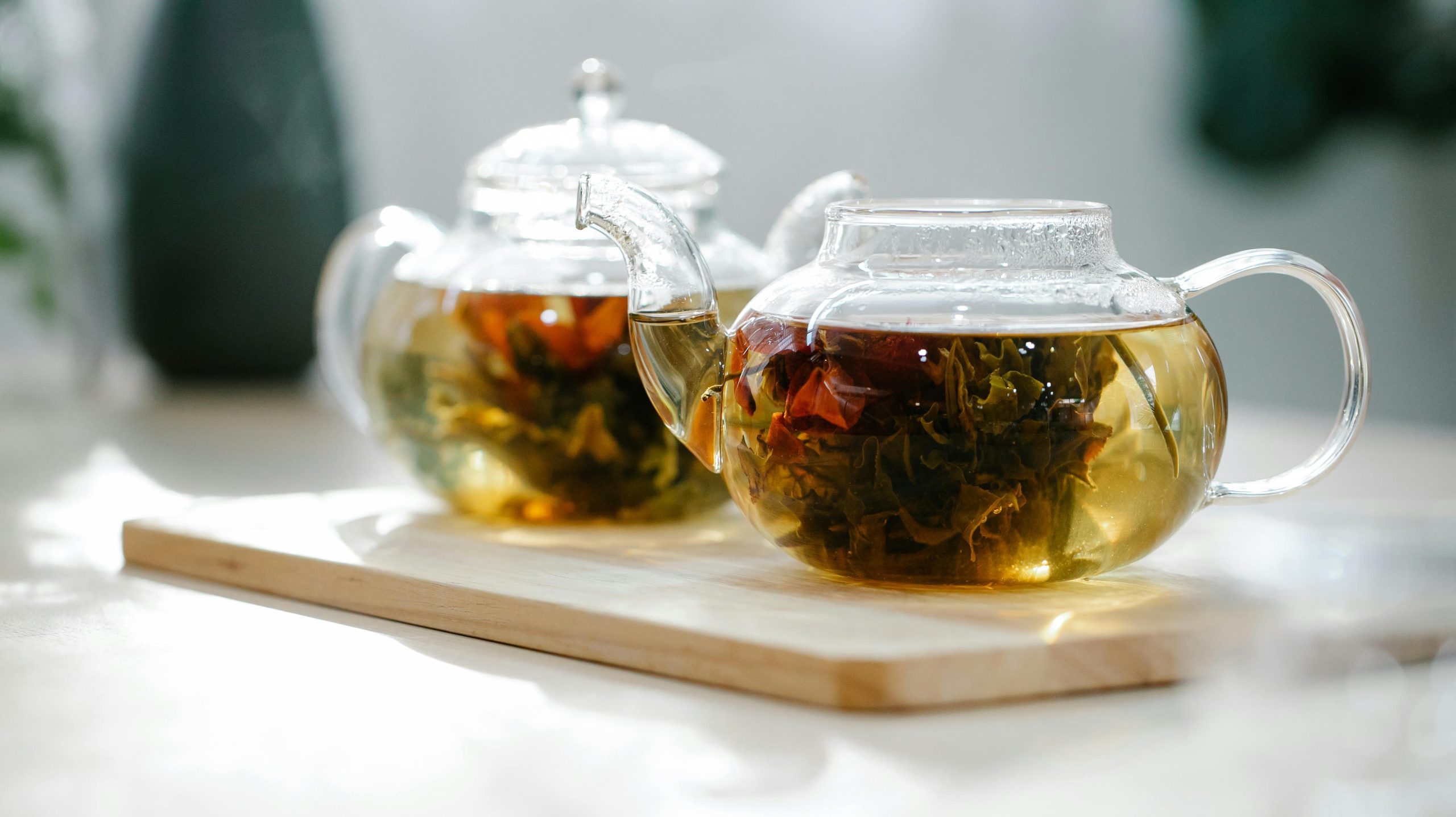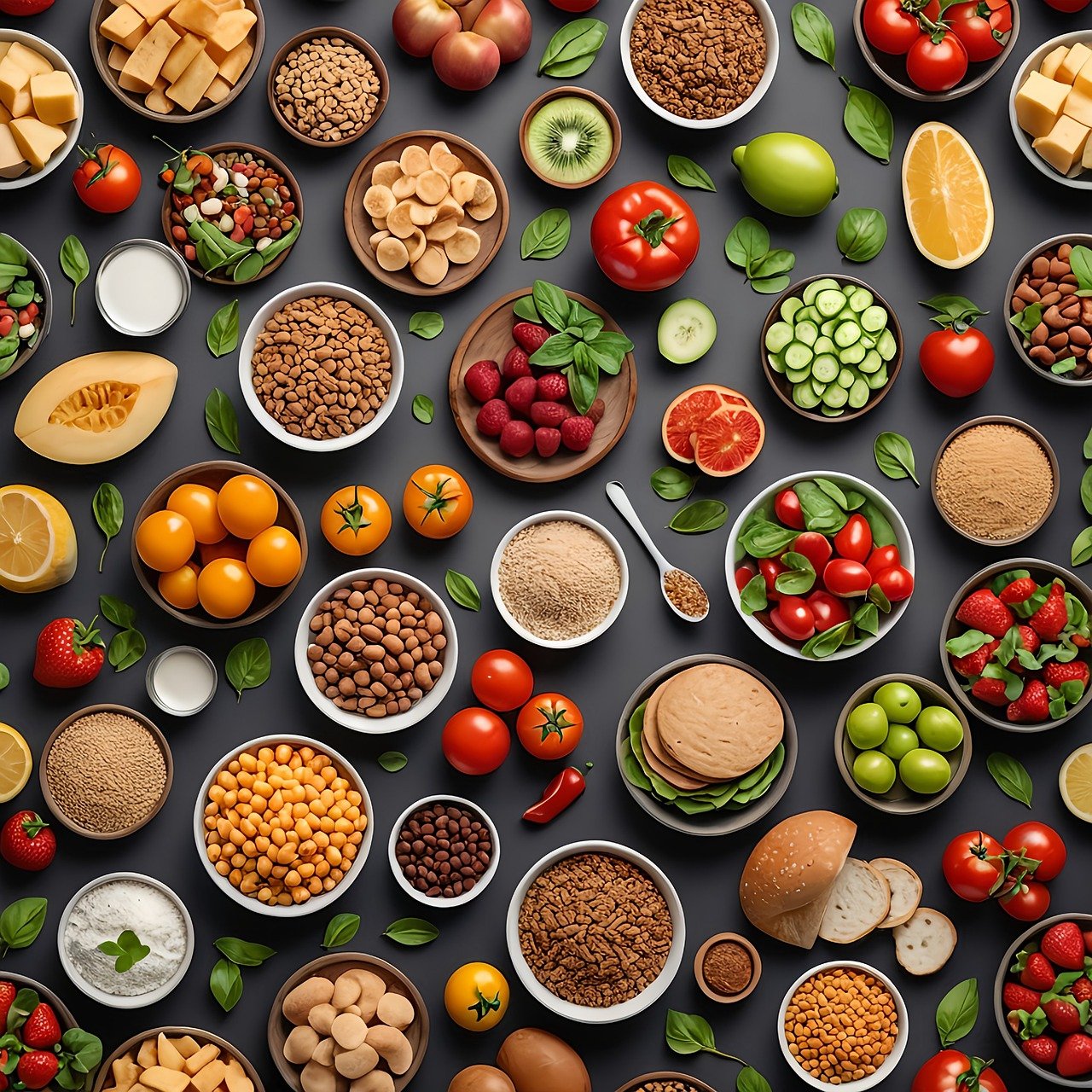Table of Contents
![]()
Different Types of Tea and How They’re Made
Tea is one of the most widely consumed beverages in the world, cherished for its diverse flavors and cultural significance. While many people enjoy tea regularly, fewer are familiar with the intricate processes that create the myriad varieties of tea available today. This article explores the different types of tea and the methods used to produce them, providing insight into what makes each type unique.
Basic Categories of Tea
All true teas originate from the Camellia sinensis plant, but the flavor, color, and character of the tea depend largely on how the leaves are processed. The primary categories of tea are green, black, oolong, and white, with each type undergoing a distinct set of processing steps. Additionally, there are herbal teas, which, despite being called teas, are not derived from Camellia sinensis but rather from a variety of other plants.
Types of Tea and Their Production Methods
Green Tea
Description: Green tea is known for its light, fresh flavor and greenish hue. It is often appreciated for its delicate taste and high antioxidant content.
Production Process:
- Withering (optional): Some green teas undergo a brief withering period to soften the leaves before further processing. However, many green teas skip this step.
- Steaming or Pan-Firing: The primary step in green tea production is to stop oxidation. This is achieved through steaming (common in Japanese green teas) or pan-firing (typical in Chinese green teas). Steaming helps to preserve the green color and fresh taste, while pan-firing imparts a slightly roasted flavor.
- Rolling: The leaves are rolled to release their natural juices and shape them. This step also helps in developing the flavor and aroma of the tea.
- Drying: The rolled leaves are then dried to remove excess moisture and stabilize the flavor.
Examples: Sencha (a popular Japanese green tea), Matcha (finely powdered green tea used in Japanese tea ceremonies), and Dragonwell (a renowned Chinese green tea).
Black Tea
Description: Black tea is characterized by its robust flavor and dark color, which is achieved through a comprehensive oxidation process.
Production Process:
- Withering: The leaves are spread out to wither, reducing their moisture content and making them pliable for rolling.
- Rolling or Crushing: The withered leaves are rolled or crushed to break up the leaf structure and release enzymes that interact with oxygen.
- Oxidation (Fermentation): The rolled leaves are allowed to oxidize, during which they turn darker and develop their rich flavors. This step is crucial for creating the strong, full-bodied taste of black tea.
- Drying: The oxidized leaves are dried to halt the oxidation process and lock in the flavor.
Examples: Assam (a bold, malty tea from India), Darjeeling (a fragrant tea from the Darjeeling region of India), and Earl Grey (a flavored black tea with bergamot).
Oolong Tea
Description: Oolong tea sits between green and black tea in terms of oxidation and flavor. It can range from light and floral to rich and toasty.
Production Process:
- Withering: The leaves are withered to reduce moisture and prepare them for rolling.
- Partial Oxidation: Oolong tea undergoes partial oxidation, which varies depending on the desired flavor profile. This process gives the tea its characteristic complexity and depth.
- Rolling: The partially oxidized leaves are rolled to break them up and encourage further oxidation.
- Firing: The leaves are then fired (or baked) to stop oxidation and develop the final flavor. This step also helps to enhance the aroma and taste.
Examples: Tie Guan Yin (a famous Chinese oolong known for its floral notes), and Da Hong Pao (a high-quality oolong with a deep, roasted flavor).
White Tea
Description: White tea is the most delicate of all the true teas, featuring a subtle flavor and pale color.
Production Process:
- Harvesting: White tea is made from young leaves and buds, which are carefully plucked to ensure the highest quality.
- Withering: The leaves are allowed to wither naturally, which helps to develop their delicate flavors.
- Drying: The withered leaves are gently dried to prevent oxidation and preserve their light, nuanced taste.
Examples: Bai Mudan (also known as White Peony, which has a mild, floral flavor) and Silver Needle (made exclusively from young buds and known for its sweet, light taste).
Herbal Teas (Tisanes)
Description: Herbal teas, or tisanes, are not made from Camellia sinensis but from a variety of other plants, including herbs, fruits, and flowers. They offer a wide range of flavors and can be caffeine-free.
Types and Production:
- Herbal Infusions: Made from herbs such as chamomile, peppermint, and rooibos. These infusions can be brewed like traditional tea but do not undergo the same processing as true teas.
- Fruit Infusions: Includes dried fruits and floral blends, such as hibiscus and rosehip, which offer vibrant colors and unique flavors.
- Rooibos and Honeybush: These are South African herbal teas made from plants that are naturally caffeine-free and offer a rich, earthy flavor.
Examples: Peppermint (refreshing and soothing), Chamomile (known for its calming effects), and Rooibos (a nutty, slightly sweet herbal tea).
Factors Influencing Tea Flavor and Quality
Several factors contribute to the flavor and quality of tea:
- Leaf Varieties and Grades: Different varieties and grades of tea leaves can affect the flavor, with higher grades generally offering more nuanced and complex tastes.
- Growing Conditions: Soil, climate, and altitude play significant roles in shaping the character of the tea. Teas grown in different regions can have distinct flavors and aromas.
- Processing Techniques: The specific methods used in withering, rolling, oxidation, and drying can greatly impact the final taste of the tea.
- Blending and Flavoring: Many teas are blended with additional ingredients or flavored to create unique profiles and enhance their appeal.
Conclusion
Understanding the various types of tea and their production methods reveals the rich diversity and complexity behind this beloved beverage. From the fresh, grassy notes of green tea to the robust, malty flavors of black tea, each type offers a unique experience. By exploring different teas and learning about their processing, tea enthusiasts can better appreciate the artistry and tradition that goes into every cup.
Share This





Be the first to comment